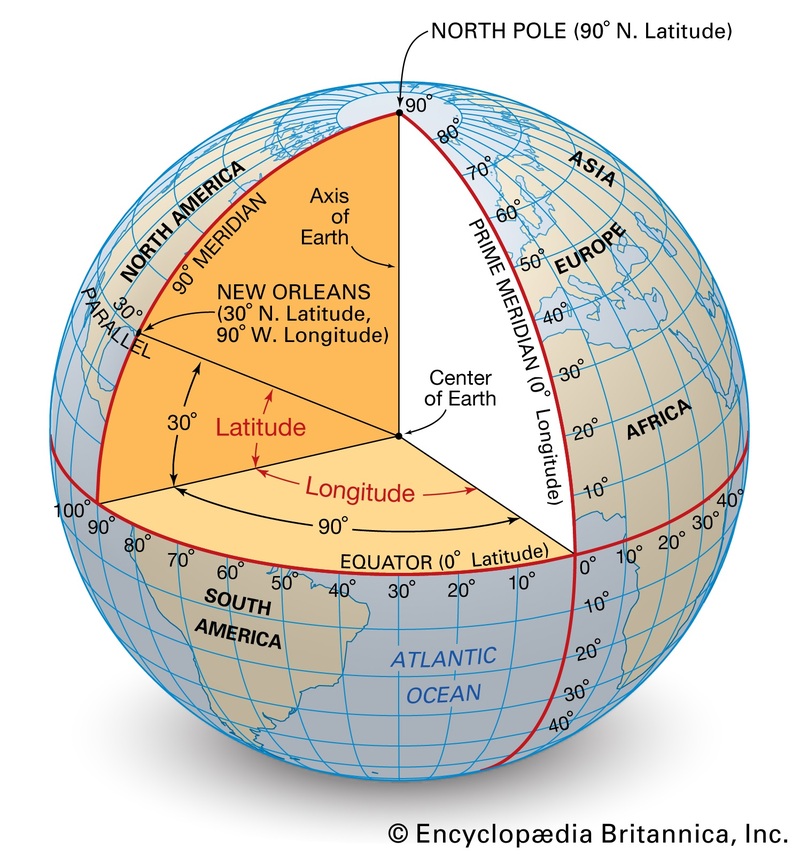Multimodal Literacies MOOC’s Updates
Literacy across Math Curriculum: Peer Reviewed Update #7
Make an update of 300 words or more: Take a curriculum area other than literacy/language learning itself. Locate an example that illustrates the power of literacies to represent academic knowledge. Explain the role of literacies in the example you have chosen.
I am taking mathematics as the curriculum area and I will enlist below the power of literacies to present math concepts and how its aids in math correlating to other academic disciplines as well. To teach algebra or any higher math involving equations the best way is to use geogebra a web based tool where the equation could be plugged in and the graph could be seen as a visual, could be read as a table for input values that the user passes into the system. The tool helps the teacher and student to do math operations in geometry. It allows the user to set programmed loop syntax to create custom made animations and visualize intuitive math secrets that text book, blackboard and deductive methods cannot divulge in traditional classroom setting.
Any speech, audio or music ultimate that we record or any image that we capture using camera ultimately when it’s fed into a computer (digital) is a set of complex numbers. A complex number involves usage of math symbols viz. where x is the real part of the number which we deal with in normal lives and then comes the imaginary part which we cannot easily understand. Nobody uses a complex number when we go out for normal things in life like shopping. , where I is the imaginary number that helps in formulating the complex number. When we watch this video, we can understand if how difficult it would be for a teacher to explain this concept of complex numbers using backboard, oral lecture and gestures.
Cartesian geometry 2D or 3D helps us to locate things in a 2D or 3D space. We can use the Geogebra 3D to teach children Cartesian geometry which ultimately is correlated to locating a location on earth using a GPS or finding a route from point A to B anywhere on earth.
Number systems and factorization could be taught using funny rhyming songs (audio/text lyrics) for children. Using Universal Design for Learning gives an opportunity for children to express themselves through text, audio or math symbols. The classroom transaction can be done by equation, visual-spatial plot, text, orally with gestures and children are given opportunities to solve (writing). All these multimodal literacies aid each other. Even the oral and written if they are said not to overlap a lot, when presented together give out a common meaning that matches with the educational objectives of the course or the learning outcomes are as expected by the teacher. Only when presented in standalone mode, each mode of literacy can give different meaning and connotation to the student. Here we have got a rock solid lesson plan on Surface, areas and volume and if the teacher is going to orally present his/her lectures with typical gestures, but also providing enough visual, spatial, graphical cues, simulated audio illustrations, images and videos bearing subtitles, sign language options, multiple ways of engaging, representing and expressing, all students are going to be involved and the education will be truly inclusive giving better results for the teacher and the society.
Bibliography:
Len Unsworth,.(2001).Teaching multiliteracies across the curriculum, Open university press, Buckingham, PA
Patricia Thibaut, Jen Scott Curwood,. (2018). Multiliteracies in Practice: Integrating Multimodal Production Across the Curriculum, Theory Into Practice, vol 57(1), 48-55, Routledge


